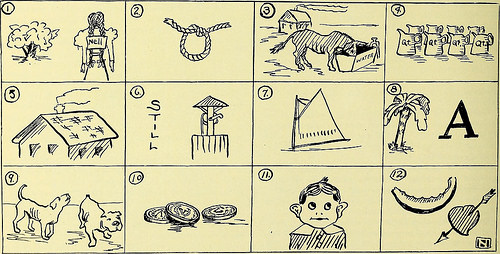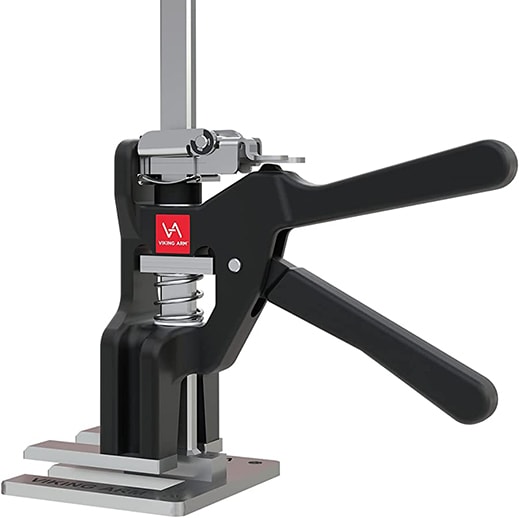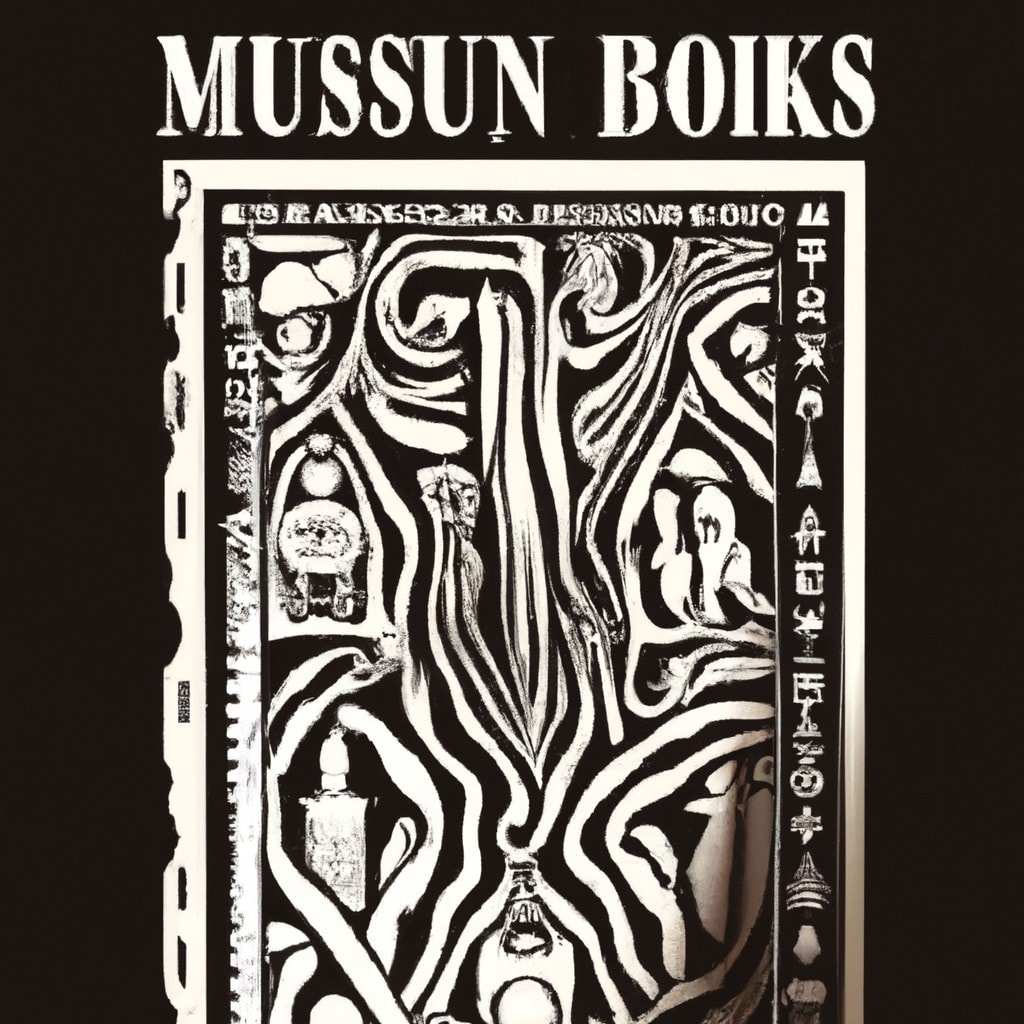EXHIBIT TIPS FROM AROUND THE WORLD
This is an extended version of an article that appeared in the January/February 2014 issue of ASTC’s Dimensions magazine
ON DESIGNING DIGITAL GAMES
Future Energy Chicago is a games-based simulation at the Museum of Science and Industry in which players collaborate and compete to create an energy-efficient landscape for Chicago. Playing in teams, visitors can reinvent the home, the car, the transportation system, the neighborhood, and the power grid. Grounded in real-world data, the simulation presents complex energy issues in a fun, social experience.
Multiplayer games-based design was completely new to us, and it was critical to conduct an in-depth formative evaluation process encompassing paper and digital prototypes, which we did with Randi Korn & Associates (RK&A). Not only did this shape key design and content decisions, but it also highlighted the importance of particular elements—two of which we discuss here—that are applicable to many types of projects and budgets.
- Don’t underestimate the power of the paper prototype! After settling on a framework for the game play, our interactive media design partner, Potion, created inexpensive paper versions of each of the digital games. These full-scale prototypes mimicked the actual anticipated design, as project team members became “human computers” to respond to players’ choices. This paper testing led to overarching design adjustments that we could further test through quick, iterative changes along the way. It also led to significant changes in the games’ scoring metrics.
- Involve the design team in the evaluation process. Potion’s continuous involvement and presence during testing meant that 1) they observed audiences’ reactions first hand and could integrate simple, effective changes, and 2) the follow-up discussions with RK&A were seamless, keeping us all on the same path of improving the experience.
The time and energy spent on the paper prototyping and Potion’s participation in the process was invaluable in achieving conceptual clarity, while saving considerable time and expense.
Patricia L. Ward, director of science and technology, and John Llewellyn, senior exhibit developer, Museum of Science and Industry, Chicago






Leave a Reply
You must belogged in to post a comment.